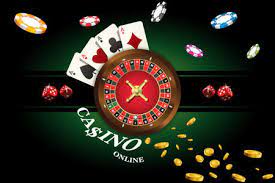
The human body, with its intricate weave of complex systems, far surpasses the finest technical craftsmanship. However, it’s also vulnerable to a host of medical conditions, and having a keen awareness of symptoms is paramount to ensuring effective response to potential emergencies. For Dr Ameer Hassan, one such condition requiring immediate attention is stroke.
Identifying The Most Common Stroke Symptoms
FAST, an acronym for Face, Arms, Speech, and Time, is widely recognized as a means of identifying potential stroke symptoms.
• Face – Dr Ameer Hassan One of the earliest signs of a stroke can be seen in changes to the face. Notice if one side of the face droops or appears uneven. One eye may struggle to stay open, or the individual’s smile may seem lopsided. Any asymmetry in the reaction of facial muscles can be a sign of stroke.
• Arms – A sudden weakness or numbness in the arms can also indicate a stroke occurrence. It may manifest as an inability to raise both arms and keep them elevated, or an arm may drift downwards when attempted.
• Speech – Impaired speech is another clear stroke sign. Listen for slurred speech or difficulty in pronouncing words accurately. The individual affected might also struggle to understand speech or sound disoriented.
• Time – Every second counts in a stroke situation; time is a critical factor. The sooner the individual experiencing potential stroke symptoms receives medical attention, the better the possibility of limiting damage and enhancing recovery.
Prevention Of Stroke Not Impossible
Dr Ameer Hassan Knowledge of the most common stroke symptoms can be life-saving. Understanding the FAST methodology and committing it to memory can enable one to act swiftly when they suspect a stroke. These guidelines are not meant to substitute professional medical advice but assist in quick identification of potential stroke situations.
Always seek immediate medical help in case of stroke symptoms. A stroke can happen to anybody, at any age, and at any time. Thus, it’s crucial to stay aware of the warning signs and not ignore them. Remember, even minor signs can point to a significant event, mainly because a stroke is an immediate medical emergency.


